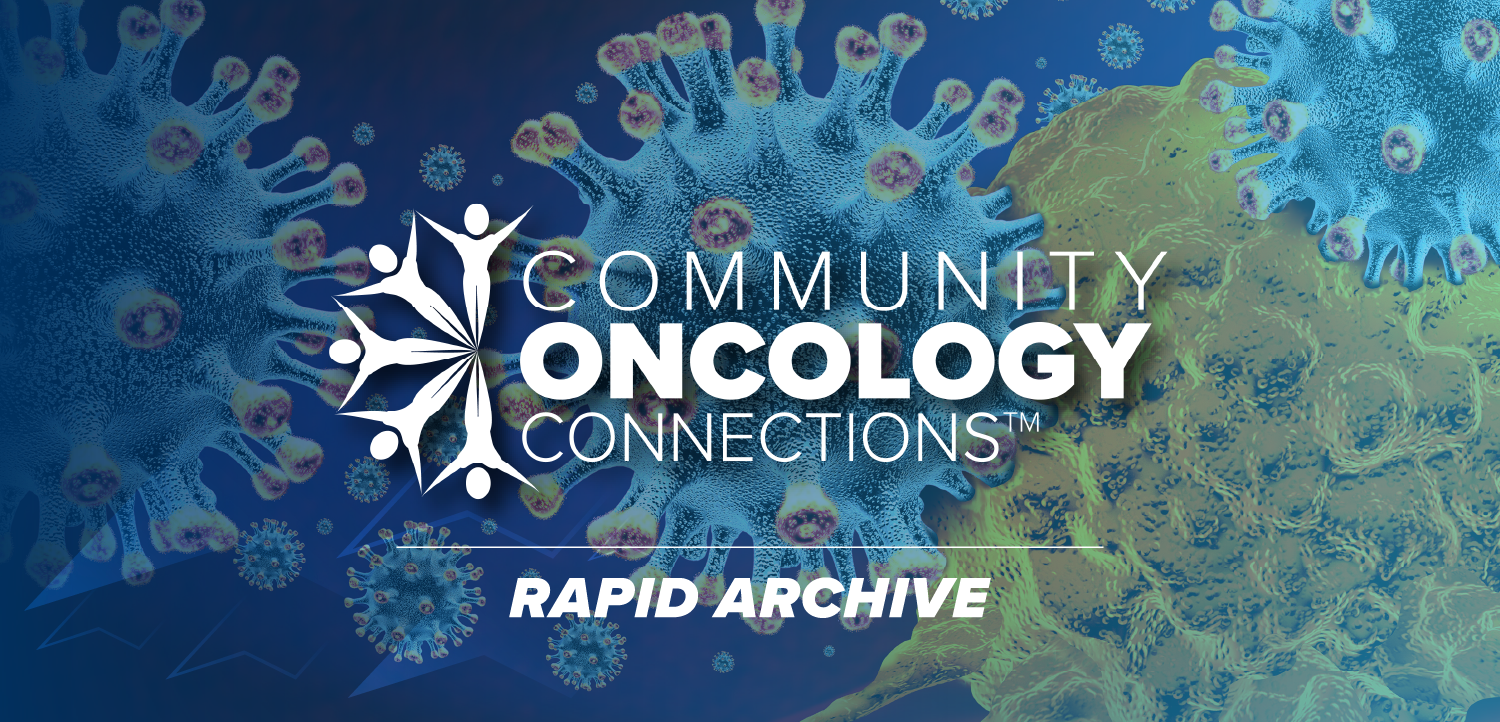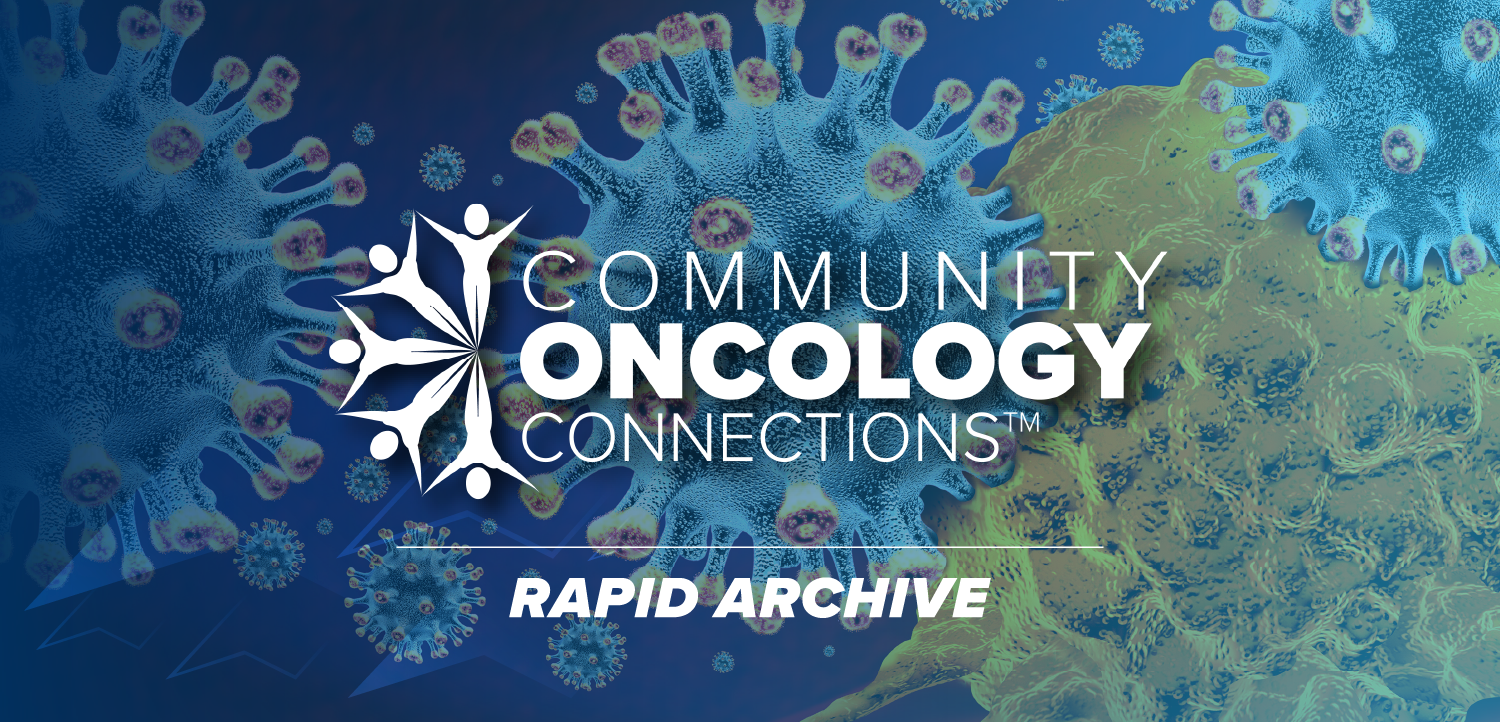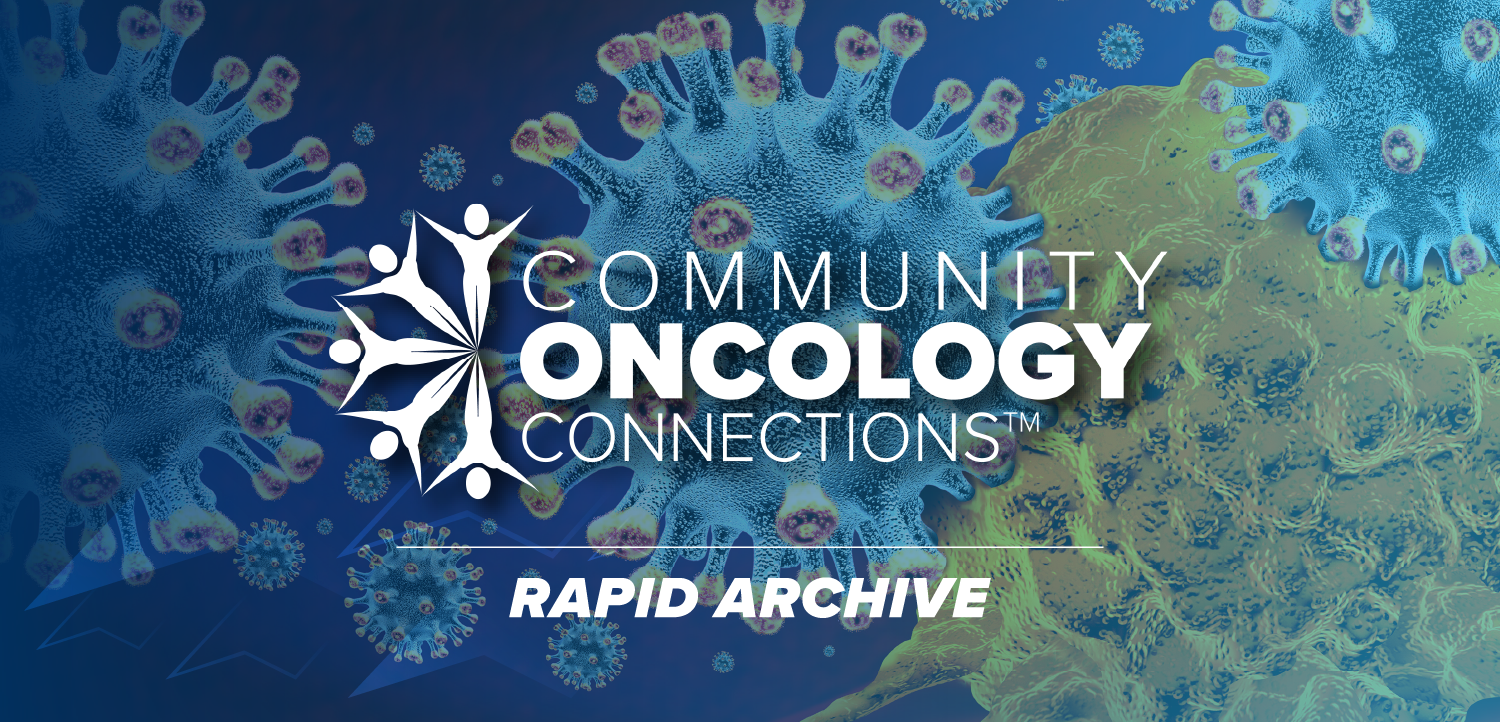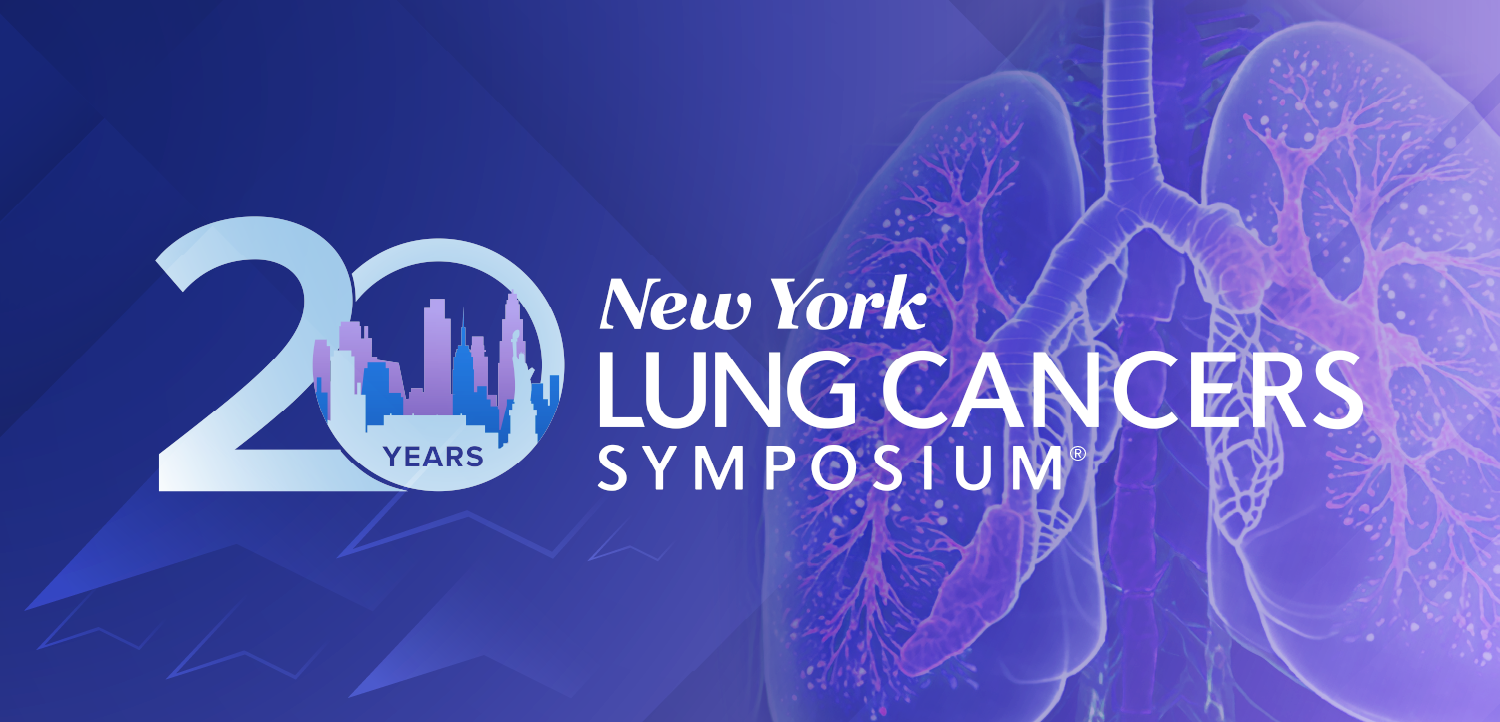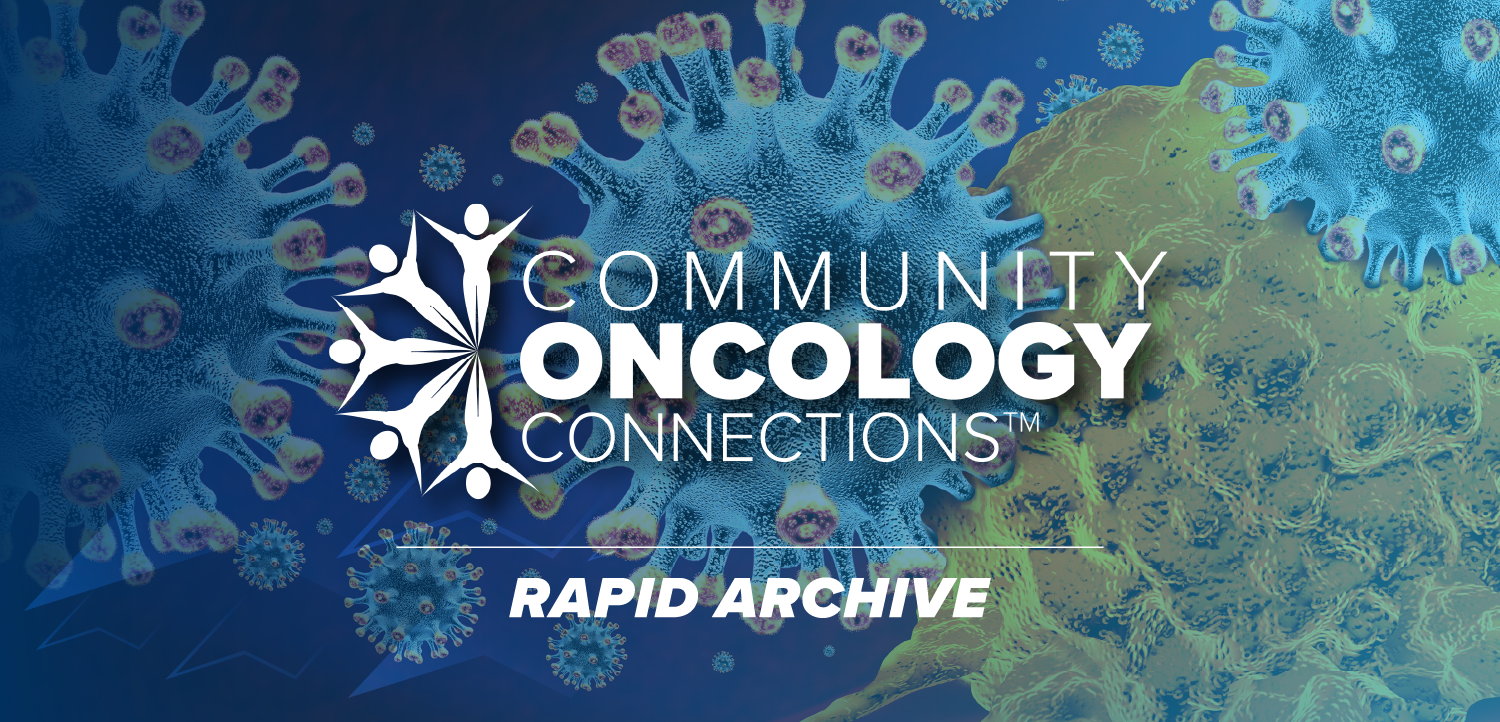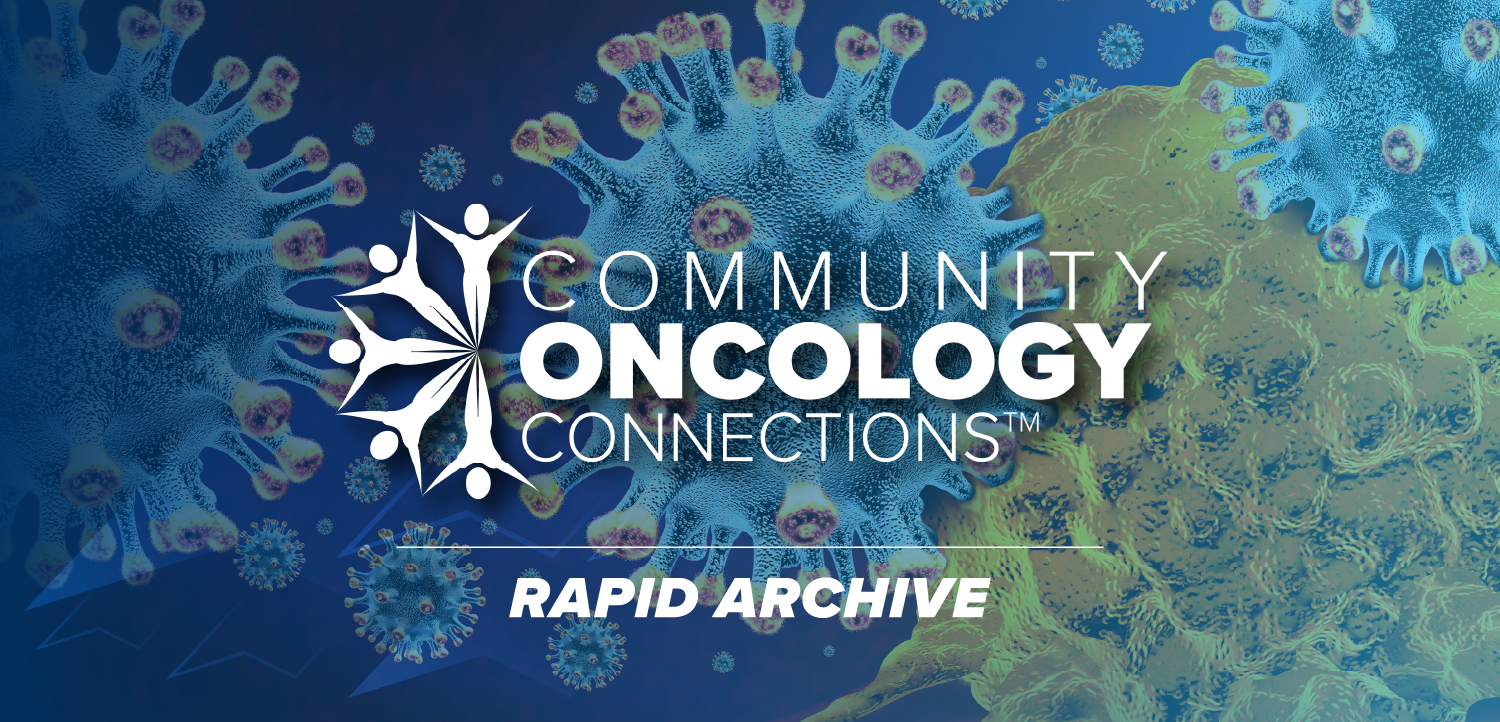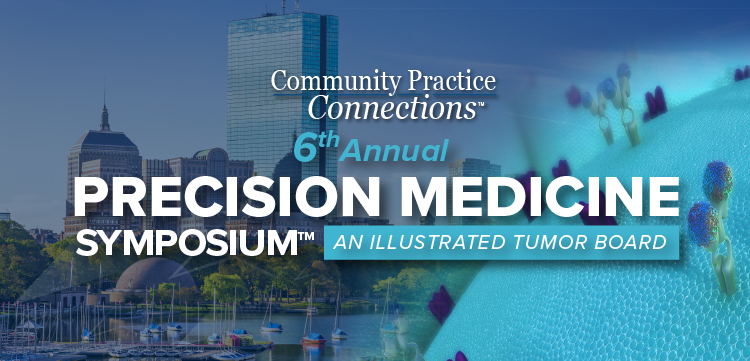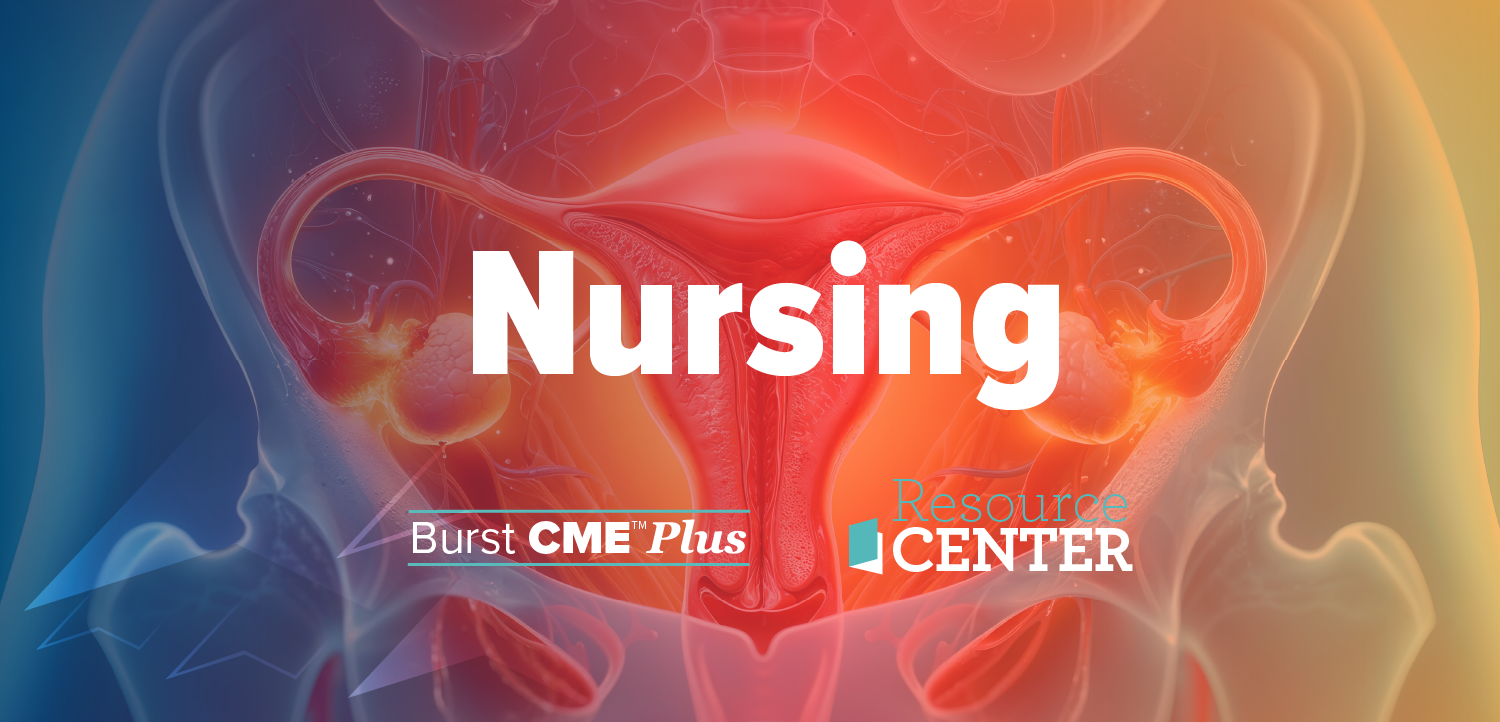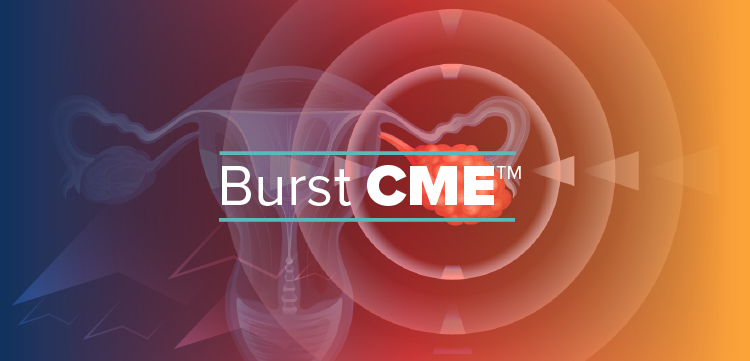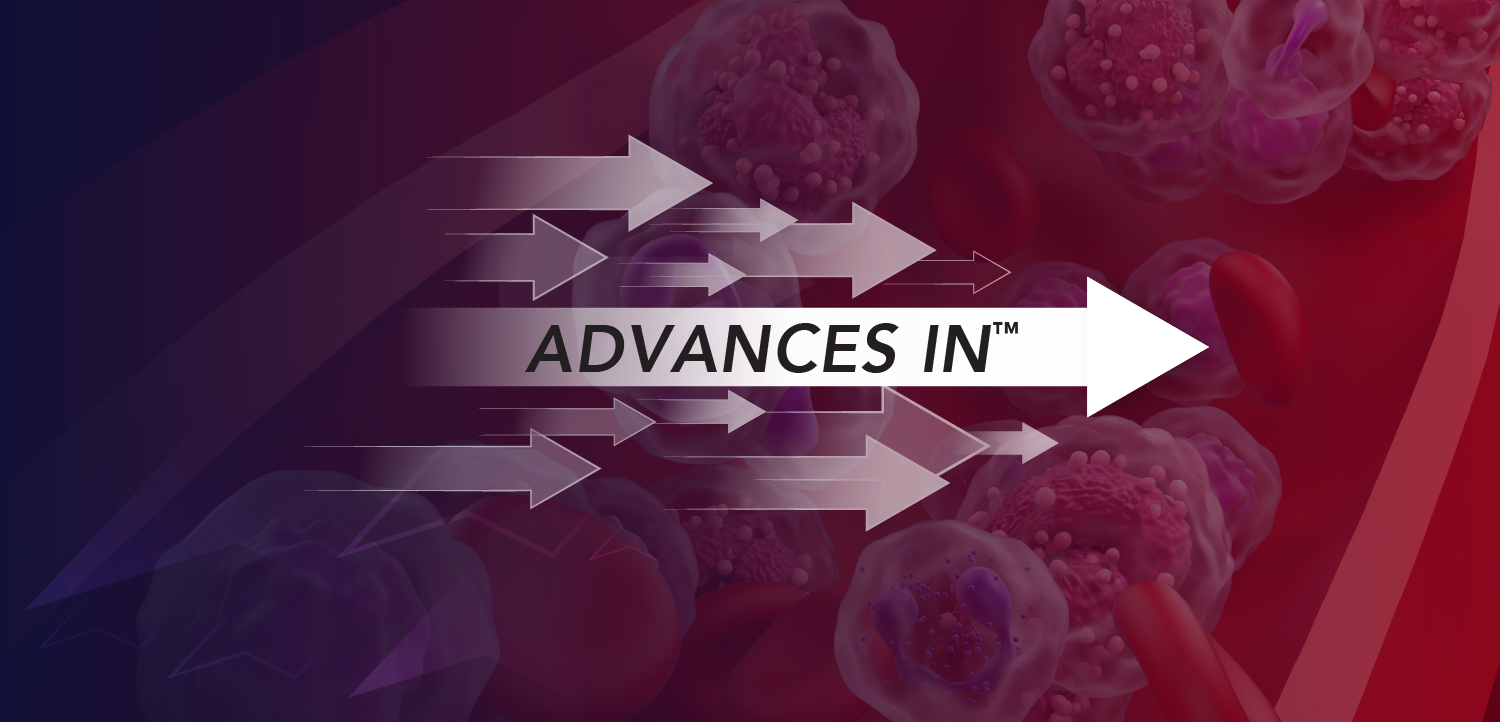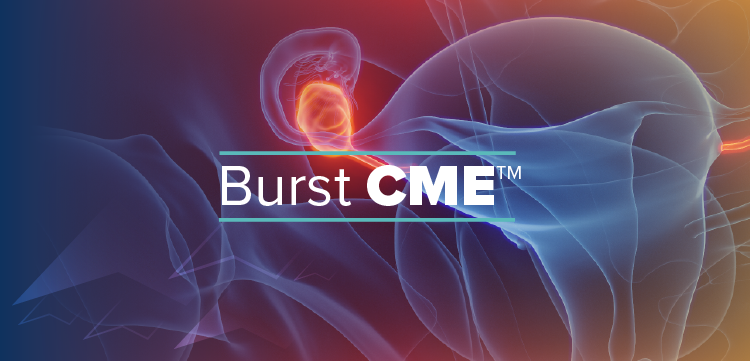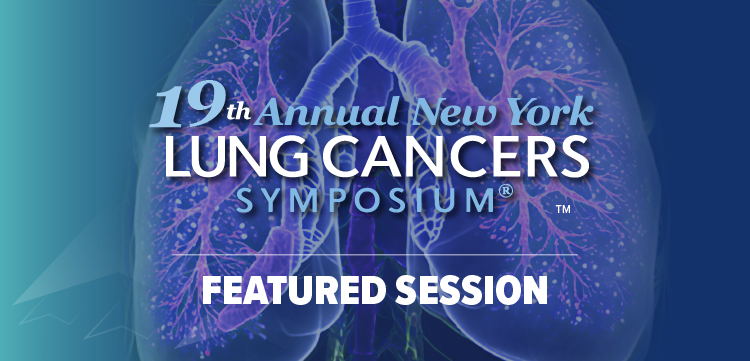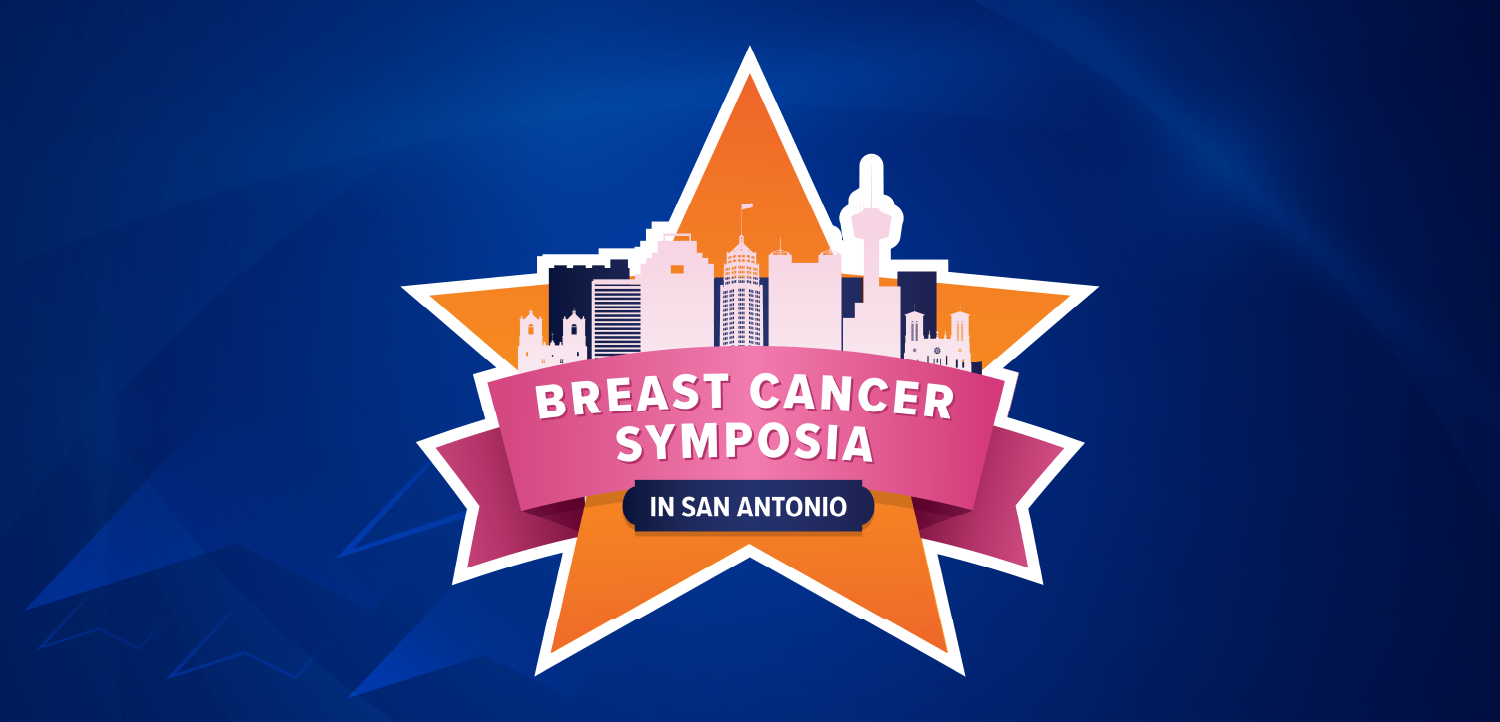
NEW YORK-Resection with intent to cure was possible for all but one of the lung cancers identified in a German screening program using low-dose spiral CT scans. Of the 13 cancers identified, eight were stage I, Stefan Diederich, MD, a staff radiologist at the University of Münster, said at the Second International Conference on Screening for Lung Cancer. The inoperable lesion was stage IIIB. However, it was resected after preoperative chemotherapy. One lesion was small-cell cancer, six were adenocarcinomas, and six were squamous cell carcinomas.

